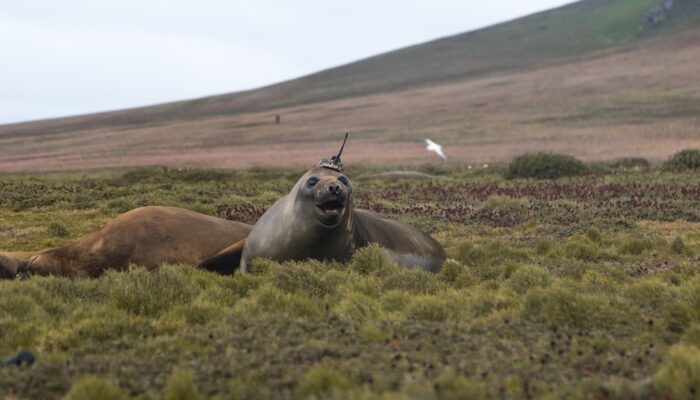If you are pre-registered for the 2019 General Assembly (Vienna, 7 – 12 April), you can take part in our annual photo competition! Winners receive a free registration to next year’s General Assembly! The tenth annual EGU photo competition opened on 15 January. Up until 15 February, every participant pre-registered for the General Assembly can submit up to three original photos and one moving image ...[Read More]
EGU Photo Competition 2019: Now open for submissions!




